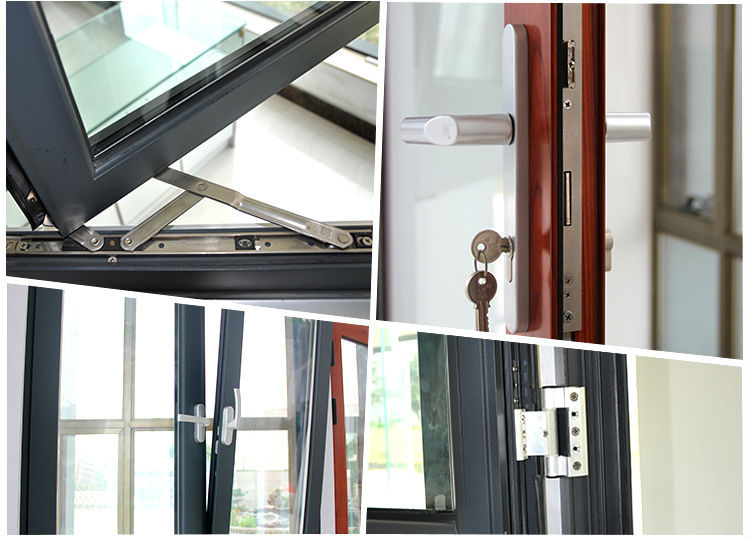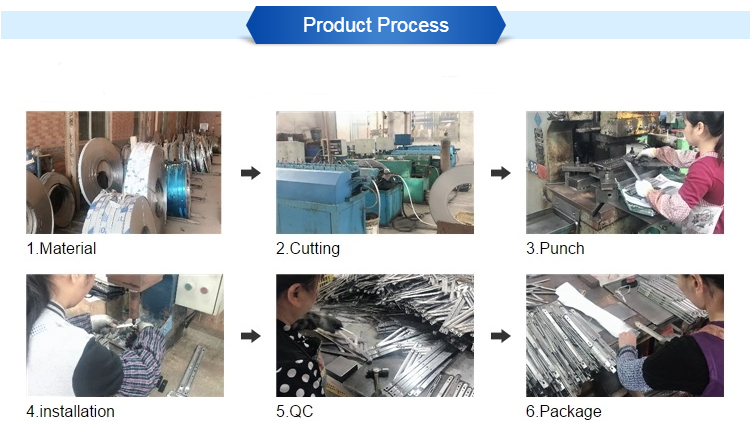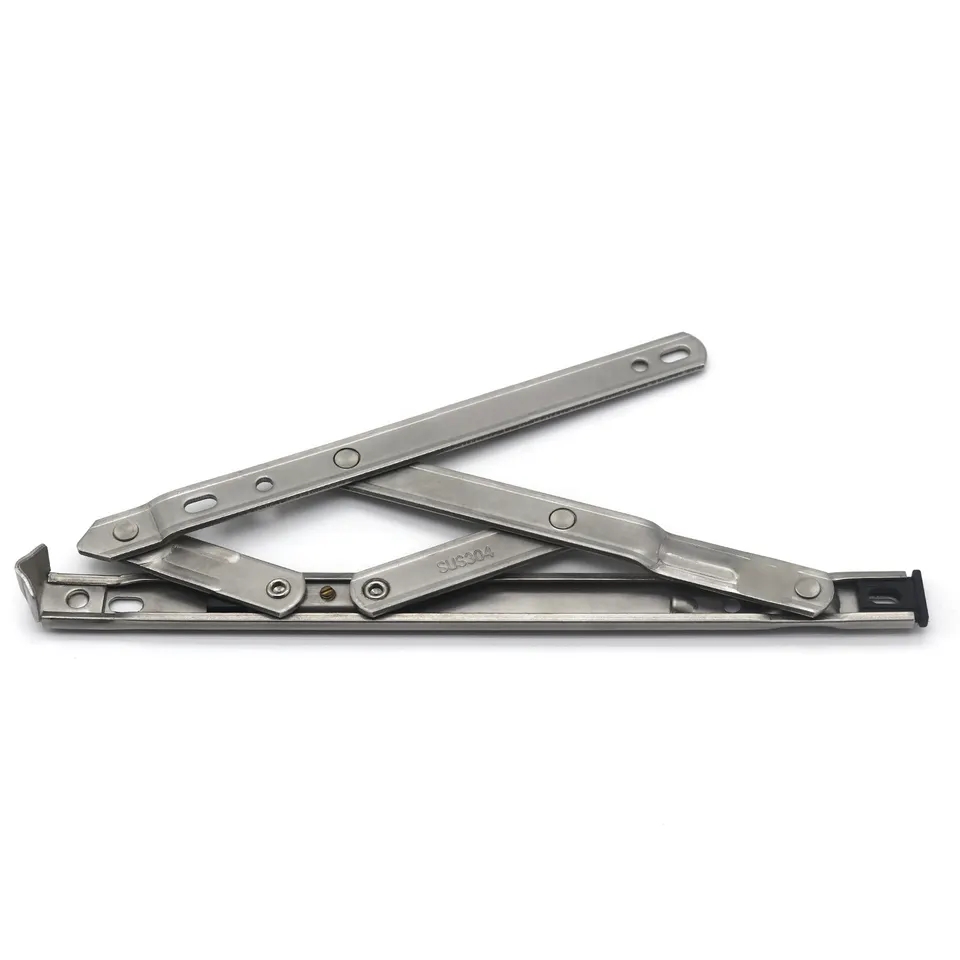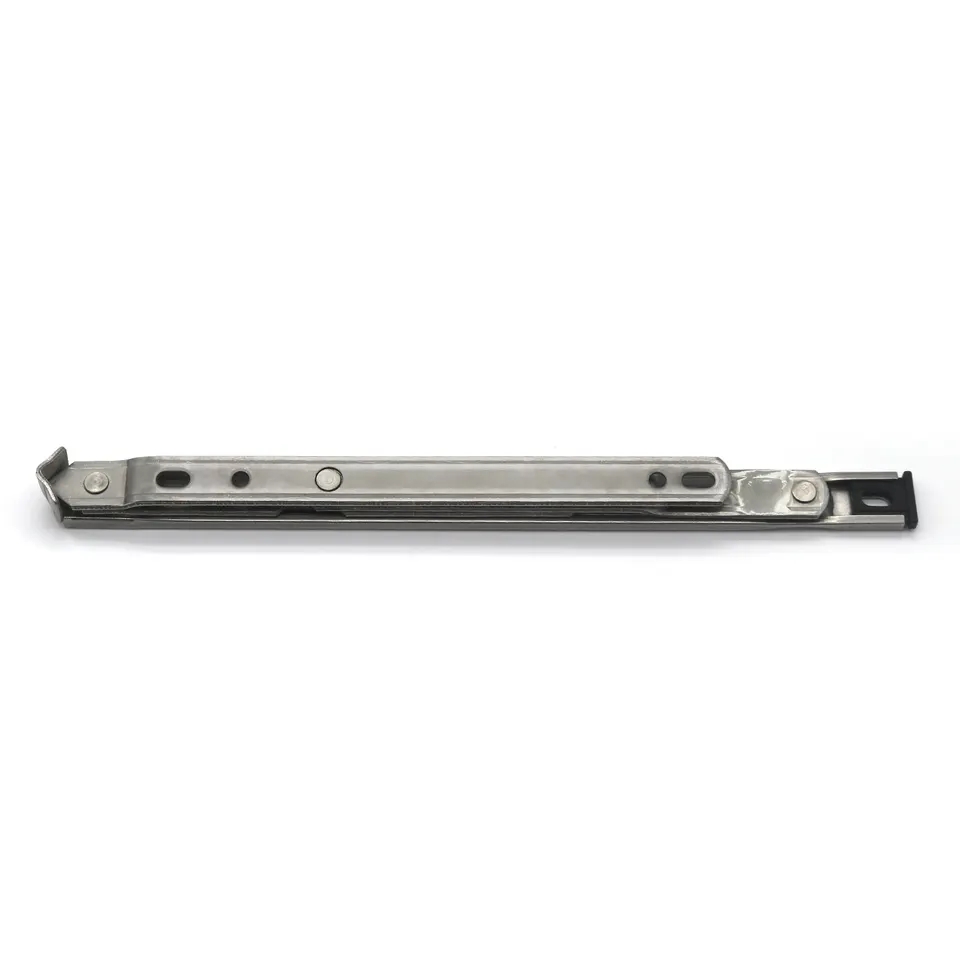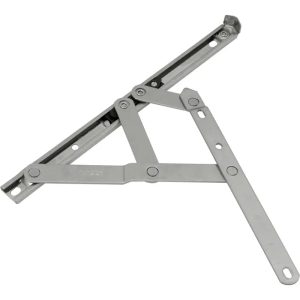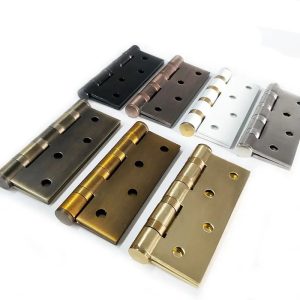Understanding Window Hinges: Types, Installation, and Maintenance
Introduction
Window hinges play a crucial role in the functionality, security, and aesthetic appeal of windows. Whether you’re a homeowner or a professional, comprehending the various types of window hinges, proper installation techniques, and maintenance practices is essential. This article aims to provide a comprehensive guide to help you understand window hinges better.
Types of Window Hinges
There are several types of window hinges commonly used in residential and commercial settings. Understanding their differences is vital for choosing the right hinge for your windows:
Friction Hinges: These hinges allow windows to stay open at various positions, preventing them from slamming shut due to wind or accidental closure. They offer controlled movement and are suitable for casement and awning windows.
Butt Hinges: Commonly used in wooden windows, butt hinges are sturdy and reliable. They come in various sizes and materials, offering durability and smooth operation.
Pivot Hinges: Pivot hinges enable windows to rotate horizontally or vertically. They’re often used in pivot windows or large, heavy windows where controlled movement is required.
Concealed Hinges: These hinges are hidden from view when the window is closed, offering a streamlined appearance. They’re popular in contemporary and minimalist designs.
Sash Hinges: Found in double-hung windows, sash hinges allow the window sashes to move independently. This design facilitates cleaning and maintenance.
Installation Guidelines
Proper installation of window hinges ensures optimal functionality and longevity. Follow these steps for a successful installation:
Gather Tools: Prepare the necessary tools, including a screwdriver, measuring tape, pencil, and safety gear.
Measurements: Accurate measurements are essential. Measure the window frame and sash to determine the appropriate hinge size.
Marking: Mark the hinge placement on both the window frame and sash. Ensure alignment for smooth movement.
Pre-Drilling: Pre-drill pilot holes at the marked locations. This prevents wood from splitting when screws are inserted.
Attach Hinges: Securely attach the hinges using appropriate screws. Follow the manufacturer’s instructions for the specific hinge type.
Testing: Open and close the window several times to check for smooth operation. Make adjustments if necessary.
Maintenance Practices
Maintaining window hinges prolongs their lifespan and ensures trouble-free operation:
Regular Cleaning: Keep hinges clean from dirt and debris to prevent friction and corrosion. Use a soft brush or cloth to wipe them down.
Lubrication: Apply a silicone-based lubricant to the hinges to keep them moving smoothly. Avoid using oil-based lubricants that can attract dust.
Tighten Loose Screws: Periodically check for loose screws and tighten them to maintain hinge stability.
Inspect for Damage: Regularly inspect hinges for signs of wear, rust, or damage. Replace any damaged hinges promptly.
Conclusion
Understanding the various types of window hinges, mastering their installation, and practicing proper maintenance can significantly enhance the performance, safety, and appearance of your windows. By following the guidelines provided in this article, you’ll be well-equipped to make informed decisions about window hinges for your home or project.
